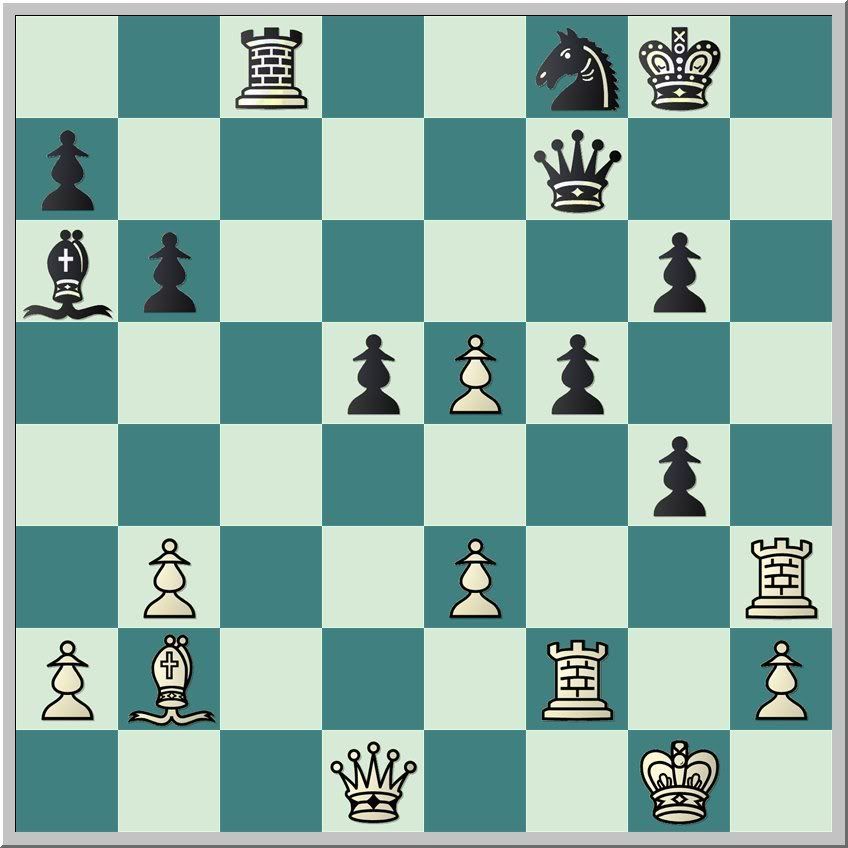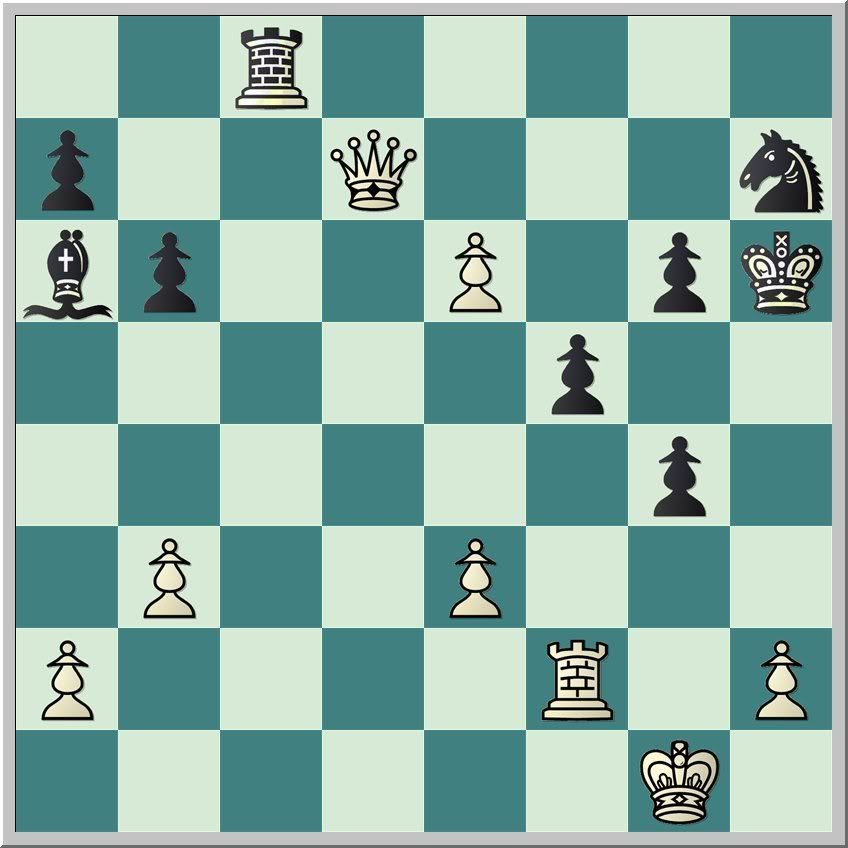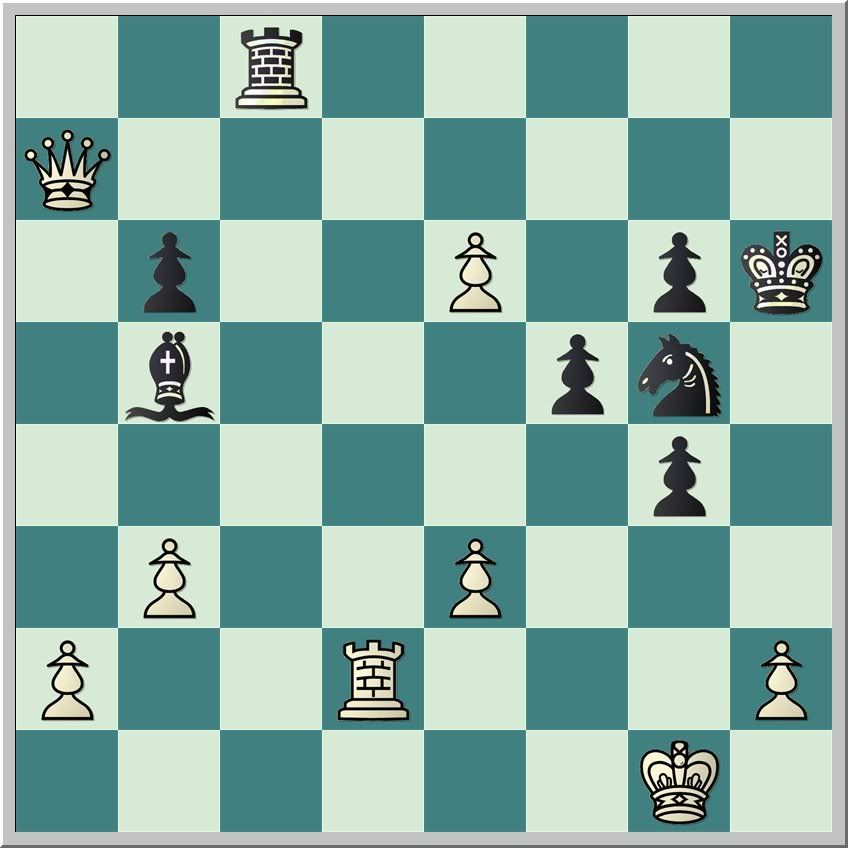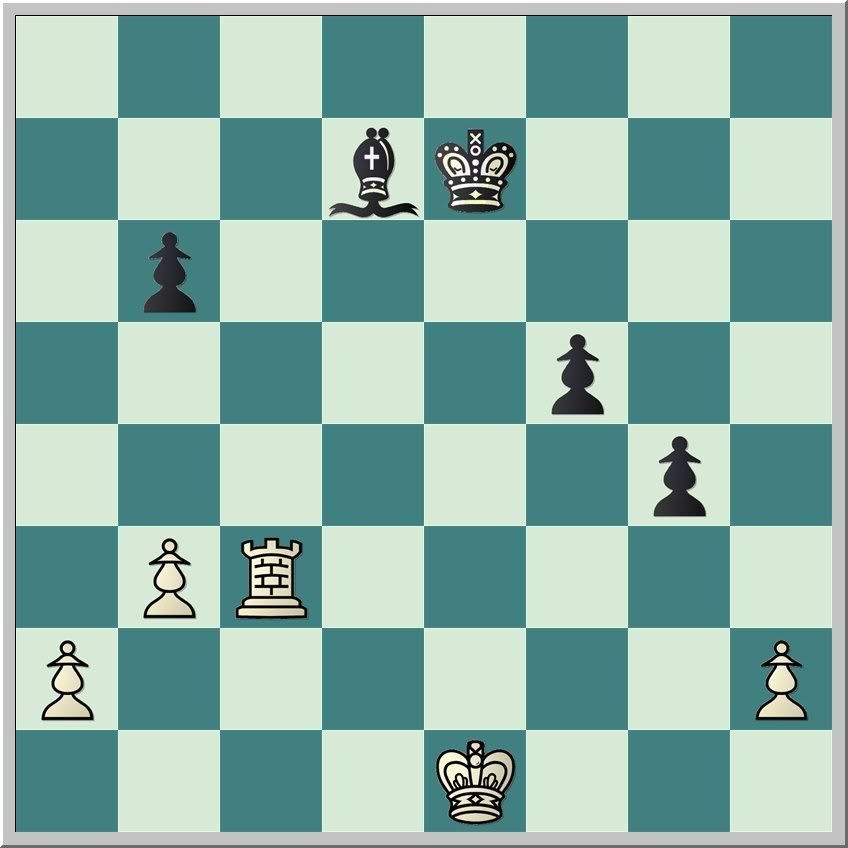Playing against the computer in the privacy of my office, no one knows how often this happens, but it does. Indeed, the coaching feature of Fritz offers many take backs after certain inaccuracies.
I spent forty minutes on this morning's "Tactics Training Plus," getting a good start on resolution #3. Problem 364 from Reinfeld, 1001 Winning Chess Sacrifices and Combinations required less than five minutes to elicit a resignation from the Silicon Beast, so I moved on to Problem 365. The tactic was easy to spot.
White to move

1.Rh8+ Kxh8 2.e6+ Qg7 3.Bxg7+ Kxg7 and that's where Reinfeld's solution ends. He notes that Black has only two pieces for the queen.
I then continued:
4.Qxd5 Nh7 5.Qd7+ Kh6
White to move

I won with 6.e4 Ng5 7.exf5 gxf5 8Rxf5 Rc1+ 9.Kg2 Ne4 10.Rf6+! Nxf6 Qd2+ and Fritz 9 gave up.
But that sequence was after a take back.
I first tried 6.Qxa7 Bb5
White to move

From here, I erred more. After a couple of tries, I went back to the position after 5...Kh6 and played 6.e4.
After winning that I returned to this position, which is still winning as long as White avoids Black's checkmate threats. I played several lines. In the end I reached a drawn rook vs. bishop endgame and called it a day.
The play of rook vs. bishop with pawns still on the board is worthy of further study and practice in its own right. From the next diagram position, for example, White seems to be winning. But, how does a human win this against the computer?
White to move

Developing the skill to win such positions against any level of competition is a benefit of computer training with take backs. Today, I failed to win from this position, so I will try again.














The tactic was indeed easy to spot although i first looked at 1. e6 but after 1. Qxe6 it is just giving away a pawn so giving up the rook for the queen is the best play in that position.
ReplyDeleteDont underestimate the endgame rook versus bishop, in my experience it's not easy won.
Oh, btw, although a take back can be handy to let your friends still play you maybe the following variation can make it more intresting for you aswell as your chess playing friend(s).
ReplyDeleteStart playing, if something happens (opp gives away a piece, a little combination is possible, ...) then turn the board so that your opp is playing with your (before the turning of the board) pieces and just tell him/her that there is something in the position. Turn the board each time they do something stupid.
They will learn to look out for possibilities more and you will get practise on how to play positions in which you stand worse.
Oh, in reply to your comment on my blog i gave you my email address (which i dont gonna repeat here since i dont want people spamming me). So i am intrested in your pdf about (check)mates.